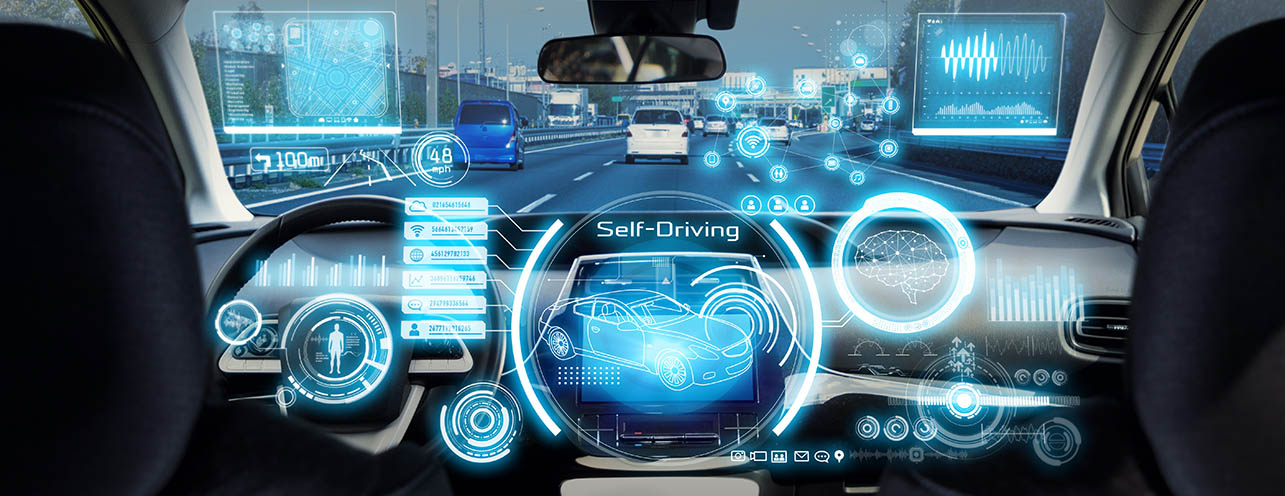Learning Zone
Connectivity shapes the future of fleet management
The technological advancements shaping the future of fleet management
We look at how connectivity will be affecting fleets

As fleet management software innovators, at Chevin we strive to always be at the forefront of fleet management technology. Such developments are always welcomed when helping further minimise the management costs of running fleets, increase efficiency beyond the company vehicle while improving overall driver safety. And what’s more, such developments are set to become available at your fingertips….
We look at five areas that are shaping the future of fleet management.
1. Your phone is the ‘key’
Quite literally! Advancements in technology will see you using your phone as a key to unlocking your car alongside a whole host of other features. Check fuel levels, heat mirrors and start you car by the touch of a button through an app on your smartphone.
Integrations such as that between Ford Sync and Amazon Echo via an app is only the start – manage your car from the comfort of your own home. Access is granted to voice navigation, traffic information and can even enable you to carry out shopping!
For fleet managers, this can also mean the ability to auto schedule repairs and navigate to the cheapest fuel stations to minimise downtime and running costs.
2. Cloud-based connectivity
Fleet vehicles will be able to talk to one another! Cloud-based systems, including fleet management software, improves accessibility and security. Such connectivity can support fleets by providing information such as real-time data on traffic congestion and other hazards that can be utilised to re-route vehicles, for example. Similarly, changes to speed restrictions can be notified to all satellite navigation systems across a group to create alerts and prevent potential fines.
3. Driverless cars and vehicles
Trials are taking place of driverless lorries that are operated in convoy with one driver at the helm controlling the other inter-connected vehicles (platooning). The driver controls the speed, direction and braking of all vehicles, the front one baring the brunt of the aerodynamic snag which results in improved fuel efficiency. Having a fleet of say, up to 10 vehicles operating in such a way also generates additional cost savings through reduced fuel costs, and labour costs. Should trials prove a success, such technology will alleviate the problems associated with driver shortages.
Driverless cars are predicted to hit Australian roads by 2025. Alongside the major motor manufacturers, Australian Governments are backing the move by investing in the technology including NSW who have pledged $10m in support.
Car manufacturers such as Tesla and Nissan are developing driverless car technology. Imagine a world in which cars can navigate traffic to collect you, park themselves and generally take the stress out of driving. Through connectivity, the ability to ‘talk and learn’ from one another to improve navigation, receives updates on congestion and other traffic problems to re-route autonomously, helping create the best possible journey for you.

4. Mobility as a Service (MaaS)
Also known as Transport-as-a-Service (TaaS), MaaS is on the rise due to services such as Uber and Lyft as mobility platform providers. It incorporates all transport options including buses, trains, taxis and other transport modes to carry out journeys which improves efficiency and saves on costs. Alternatively, car-sharing is increasing in popularity due to schemes such as Go-Get in Sydney which allows members to book a car online and then literally jump in using an electronic keycard.
MaaS can streamline all aspects of travel within a business into one solution that can even cover aspects such as time and comfort comparisons through different modes of transport.
5. Electric Vehicles as mobile battery storage
Electric cars that charge themselves could become mainstream.
Vehicle to grid systems are currently being trialled, operating in effect as a mobile battery storage, EVs connect to the grid to top up during off-peak times such as at night when demand is reduced. During the day, this electricity can be used to power the vehicle, appliances within the home or business or sell it back to the grid.
Centralised control through fleet management software
Fleet management software permits the integration with many third-party applications, from telematics to fuel cards. As additional vehicle technologies are introduced to the market, the potential to make fleets even more efficient and effective progresses too as we work alongside external companies to drive this agenda.



